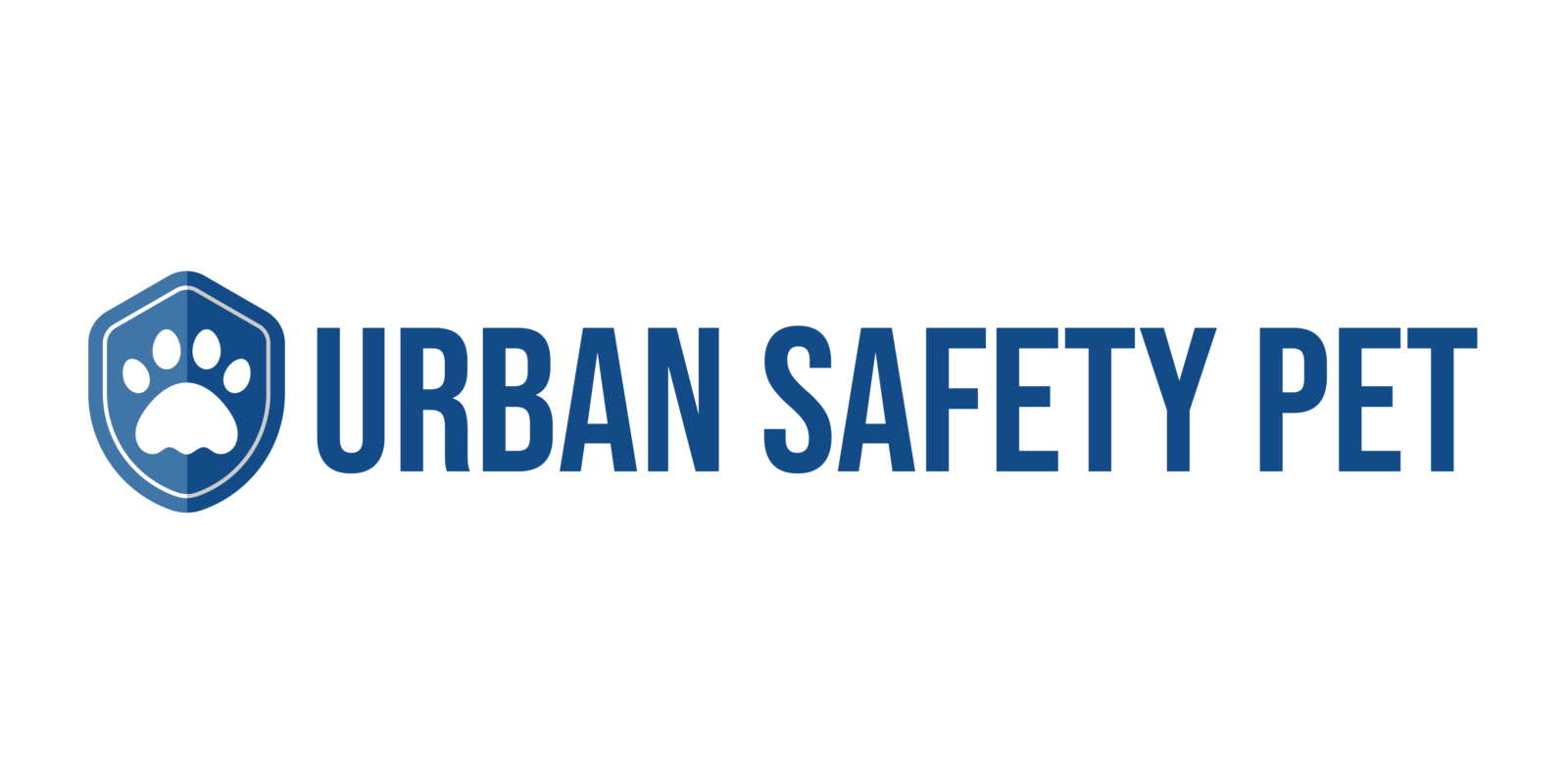What Are Pet Allergies?
Pet allergies occur when the immune system reacts to proteins found in an animal’s skin cells, saliva, or urine. These allergens can cause a variety of symptoms, making it essential to identify and manage them effectively.
Common Symptoms of Pet Allergies
Common symptoms of pet allergies include:
- Sneezing
- Runny or stuffy nose
- Itchy, watery eyes
- Coughing and wheezing
- Skin rashes or hives
For example, frequent sneezing and itchy eyes might indicate exposure to pet allergens. Recognizing these symptoms is a key step in managing pet allergies.
Types of Pet Allergens
Pets produce various allergens that can trigger allergic reactions. These include:
- Dander: Tiny, even microscopic, flakes of skin shed by cats, dogs, rodents, and birds.
- Saliva: Proteins found in the saliva of cats, dogs, and other animals.
- Urine: Proteins present in the urine of pets like rodents and cats, which can become airborne when dried.
For example, cat dander and dog saliva can persist in the home environment, even if the pet is not present. Understanding these allergens helps in developing strategies to minimize exposure and manage symptoms effectively.
Diagnosing Pet Allergies
Determining the presence of pet allergies is crucial for effective management. Specific tests and identification techniques help pinpoint the culprits.
Medical Testing and Diagnosis
Doctors often recommend medical testing for an accurate diagnosis. Skin prick tests and blood tests are common methods. Skin prick tests involve exposing the skin to small amounts of potential allergens, monitoring for reactions. Blood tests measure immunoglobulin E (IgE) levels, indicating allergic responses to specific proteins found in pet dander, saliva, or urine.
Identifying Allergen Sources
Recognizing allergen sources in your home environment is essential. Common sources include pet hair, dander, saliva, and urine. Observe where pets spend most of their time to identify these areas. If you notice increased symptoms after interacting with your pet or cleaning their living areas, those may be the primary sources.
Managing Pet Allergies

Managing pet allergies involves a combination of medical treatments and lifestyle adjustments to reduce exposure to allergens and alleviate symptoms.
Medications and Treatments
Doctors often prescribe antihistamines, corticosteroids, or decongestants for allergy relief. Antihistamines (e.g., loratadine, cetirizine) block histamine, reducing symptoms like sneezing and itching. Corticosteroids (e.g., fluticasone nasal sprays) reduce inflammation in nasal passages. Decongestants (e.g., pseudoephedrine) alleviate nasal congestion.
Immunotherapy, commonly known as allergy shots, helps desensitize the immune system to allergens over time. Regular injections of increasing allergen doses can provide long-term relief. Sublingual immunotherapy (SLIT) is another option, where allergen tablets dissolve under the tongue, reducing allergic responses.
Home Remedies and Lifestyle Changes
Frequent cleaning helps minimize allergens. Vacuuming carpets and furniture with a HEPA filter, washing pet bedding in hot water, and using air purifiers reduce dander in the home. Bathing pets weekly can also remove loose fur and dander, although use hypoallergenic pet shampoos to avoid skin irritation.
Restricting pets’ access to certain areas, like bedrooms, reduces allergen exposure. Washing hands after handling pets, changing clothes if in contact with significant pet allergens, and using dust mite covers on mattresses and pillows can also help.
Removing carpets, opting for hard flooring, and using washable curtains and rugs are beneficial. Regular grooming and brushing of pets outdoors prevent hair and dander from scattering inside the home environment.
Preventing Pet Allergies
Preventing pet allergies requires a combination of proactive measures. To keep allergens at bay, focus on proper pet hygiene and creating an allergen-free environment.
Pet Grooming and Hygiene Practices
Regular grooming reduces allergens. Brush pets frequently to minimize shedding. Use pet-friendly, hypoallergenic shampoos once a month to keep skin and fur clean. Bathe pets outdoors, if possible, to prevent allergen dispersion indoors. Clean pets’ bedding weekly in hot water and dry it thoroughly. Trim pets’ nails to avoid scratching, which can release dander.
Creating an Allergen-Free Environment
Vacuum carpets, rugs, and upholstery with a HEPA filter vacuum weekly. Replace or clean air filters regularly to maintain good air quality. Use air purifiers, especially in bedrooms and living spaces, to capture airborne allergens. Wash pet toys and accessories monthly. Establish pet-free zones, particularly in bedrooms, to reduce allergen exposure. Choose hard-surface flooring over carpets to trap fewer allergens.
Living with Pet Allergies
Managing pet allergies while still enjoying the company of furry friends is possible. Selecting the right pet and adopting specific lifestyle habits can help.
Choosing Hypoallergenic Pets
Certain breeds produce fewer allergens, making them suitable for allergy sufferers. Dogs like Poodles, Bichon Frises, and Schnauzers are known for their hypoallergenic properties due to their reduced dander and shedding. Cats like the Siberian and Balinese are also better options for those with allergies. Always spend time with a potential pet before bringing them home to gauge any allergic reactions.
Tips for Coexisting with Pets
- Creating Allergen-Free Zones: Establish pet-free areas in your home, such as bedrooms, to reduce exposure to allergens.
- Regular Cleaning: Clean your home thoroughly and frequently. Use HEPA filters in vacuums and air purifiers to trap allergens. Wash pet bedding and toys weekly to minimize dander accumulation.
- Pet Grooming: Bath your pet weekly using hypoallergenic shampoos. Regular brushing also helps reduce dander, though, if possible, have a non-allergic family member handle the task.
- Medication: Use medications like antihistamines or nasal corticosteroids to manage symptoms, following your doctor’s advice.
These strategies make it easier to live with pet allergies and maintain a comfortable home environment.




